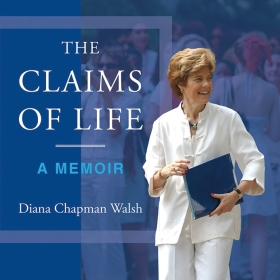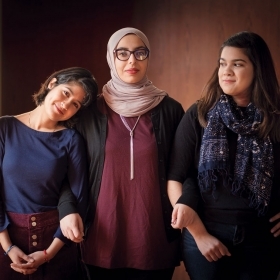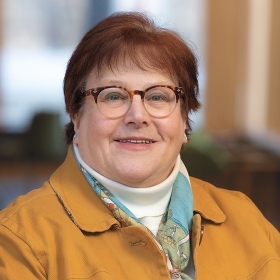At age 12, Wellesley College President Emerita Diana Chapman Walsh ’66 knew she would write a book someday, a beautiful book. That sense of clarity inspired her to write this thoughtful and honest look at her personal history—from childhood, her Wellesley education, marriage and motherhood, through her work as president of the College.

At age 12, Wellesley College President Emerita Diana Chapman Walsh ’66 knew she would write a book someday, a beautiful book. That sense of clarity inspired her to write this thoughtful and honest look at her personal history—from childhood, her Wellesley education, marriage and motherhood, through her work as president of the College.
Walsh joins other former college and university leaders writing their memoirs recently, including Ruth Simmons (Smith, Brown, and Prairie View A&M), Drew Gilpin Faust (Harvard), Linda Katehi (UC Davis), and Brian Rosenberg (Macalester). Forbes called 2023 “the year of the college president.”
At its core, Walsh’s book is a meditation on leadership, a quality that defined her presidency at Wellesley (1993–2007). “What would it take for me to be a leader who is worthy of trust,” she asks, especially when thinking about modeling leadership for students.
At the beginning of her presidency, she developed a mantra: “Be tough, be clear, be honest, be fair, be true to yourself, and keep your own counsel.”
Leadership, of course, is meant to be tested, and Walsh pulls back the curtain on significant differences that arose within faculty and student groups. Several issues dealt with antisemitism and racism. Seeing how she approached conflicts allows readers to understand how Wellesley was structured and what changes she could make.
Academically, it was important to examine how students were learning. Were they learning how to think intellectually? Walsh encouraged the dean of the College to look at the curriculum and pilot fresh ideas, such as interdisciplinary teaching, and update requirements, such as adding a new quantitative reasoning course. All of this took massive amounts of collaboration.
Part of her legacy includes work with donors to upgrade the physical campus—building the Lulu Chow Wang Campus Center, transforming Alumnae Valley, and sustaining Wellesley’s landscape.
The most poignant sections of the memoir involve her family, especially her marriage to Chris Walsh, an eminent biochemistry scholar at Harvard and MIT, who also served as president of the Dana-Farber Cancer Institute. They met while she was a student at Wellesley and he a student at Harvard. They were each other’s biggest supporters, enjoying 57 years of marriage. Tragically, he died after a fall in 2023, before her memoir was published. They had moved to California after her presidency to be near their daughter, son-in-law, and grandson.
As someone who thinks deeply about lessons, Walsh believes self-discovery is an essential outgrowth of leadership. This memoir reveals her authenticity. Consider her book cover—she is pictured against a Wellesley blue background in her alumnae parade whites, walking across campus, turning to smile at whoever has called to her. This is a leader who values human connections, and it shows. No wonder she produced such a beautiful book.
Garcia is a former assistant dean of the Simmons School of Education and Human Development at Southern Methodist University in Dallas.


